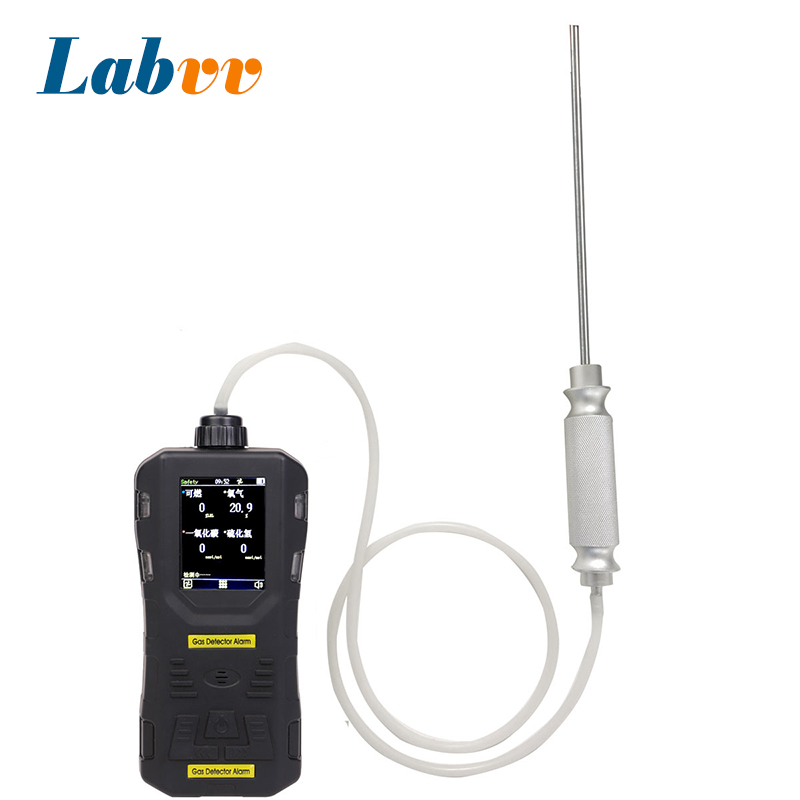A portable gas detector is a personal safety device designed to identify hazardous gases in the environment and alert users before concentrations reach dangerous levels. Unlike stationary monitoring systems, portable gas detectors are compact, battery-powered, and suitable for use in various industrial and confined space settings.
Working Principle of Portable Gas Detectors
Portable gas detectors work by using specialized sensors that react to the presence of gases in the air. Depending on the gas type, different detection principles are applied:
- Catalytic Combustion Sensor – Used for detecting combustible gases. The sensor oxidizes the gas, causing a temperature rise that is converted into an electrical signal.
- Electrochemical Sensor – Commonly used for toxic gases like carbon monoxide (CO) and hydrogen sulfide (H₂S). The gas reacts with an electrolyte, generating a current proportional to the gas concentration.
- PID (Photoionization Detector) – Detects volatile organic compounds (VOCs) and some toxic gases by ionizing molecules with UV light.
- Infrared (IR) Sensor – Measures gases such as CO₂ and hydrocarbons by detecting how they absorb infrared light.
- Oxygen Sensor – Uses an electrochemical reaction to monitor oxygen levels, ensuring neither oxygen deficiency nor enrichment occurs.
Once the gas concentration exceeds the preset threshold, the detector activates audible, visual, and vibration alarms, warning the user immediately.

Industries and Applications
Portable gas detectors are critical in any environment where hazardous gases may be present. They are widely used in:
- Oil and Gas Industry – Detecting flammable gases during drilling, refining, and storage.
- Chemical and Petrochemical Plants – Monitoring toxic gases and ensuring safe working conditions.
- Mining and Tunneling – Preventing explosions and suffocation in underground environments.
- Construction and Confined Spaces – Checking manholes, tanks, and pipelines for dangerous gases before entry.
- Firefighting and Emergency Response – Identifying toxic atmospheres during rescue operations.
Conclusion
A portable gas detector works by using advanced sensor technologies to measure the concentration of gases in real time and warn users through multiple alarms. With their compact size and high sensitivity, these devices are indispensable for industries where gas hazards are common. By ensuring early detection, they protect workers, prevent accidents, and create safer workplaces.
